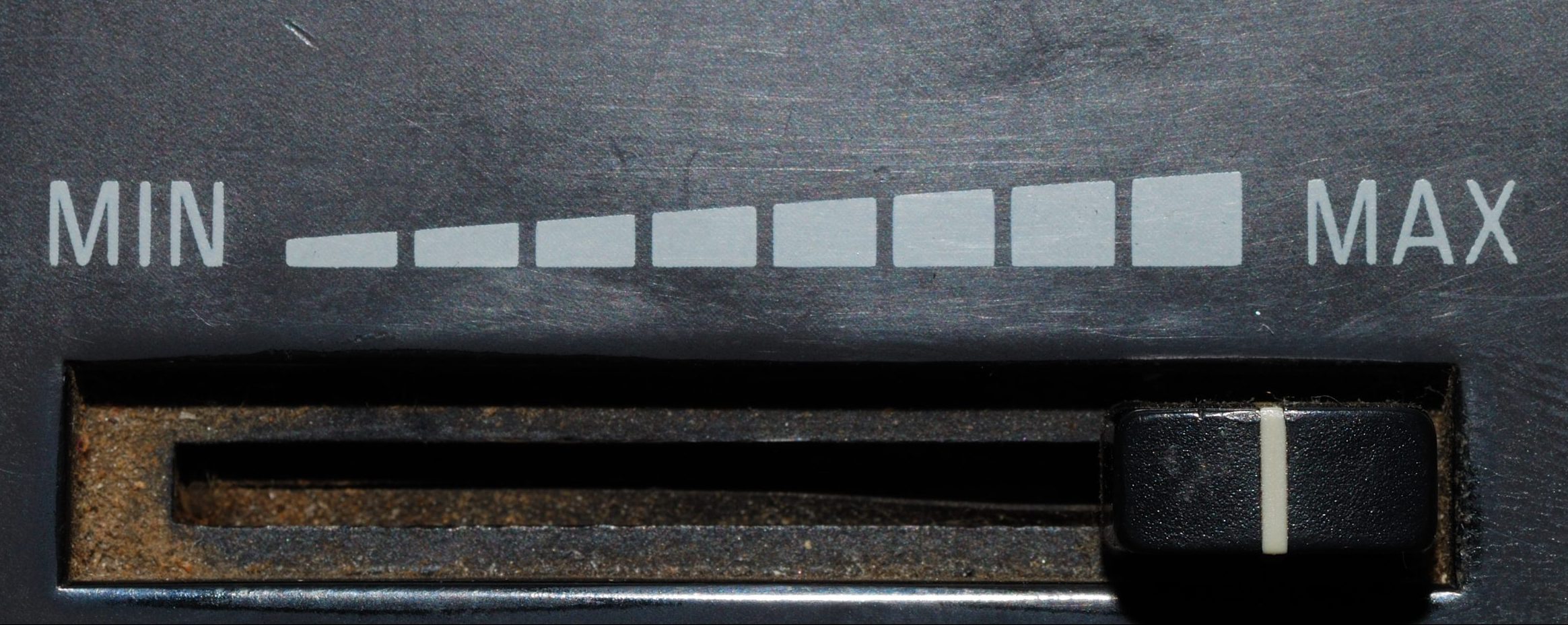“Certain cost-effective strategies can be used to increase the number of citations consider by examiners during examination of patent applications before they are granted as patents.”

Companies that have a strong, diversified patent portfolio can establish themselves as key innovators within a particular field and secure a freedom to operate in that field. In some situations, companies may also choose to enforce patent rights granted to them by these patents in a litigation, either offensively against an alleged infringer or as a defense to patent infringement claims against them.
Under U.S. patent laws, issued patents are presumed valid. Despite having issued patents at their disposal, however, companies are not guaranteed that their patents will maintain their validity during a litigation, for example, when suing an alleged infringer or countersuing to defend patent infringement claims filed against them by others. During an inter partes review (IPR) or pre-trial motion, the validity of a patent may be challenged on the basis of one or more prior art references that may or may not have been considered by the United States Patent and Trademark Office (USPTO). During prosecution of a patent application, prior art references are either voluntarily provided by the company to a patent examiner for consideration or found by the examiner during his/her own search efforts. When a patent is ultimately issued, the patent prior art citations considered by the patent examiner during prosecution are listed on the face of the issued patent.
Numbers Aren’t Enough
Many studies have been done over the years on the correlation between the number of prior art citations (i.e., prior art references that were considered by an examiner in deciding to issue a patent) listed on the face of the patent and the patent’s quality and validity. Some analysts have tried to imply that a raw count of the number of patent citations on the face of a patent can be an indicator of a patent’s validity. Indeed, such analysis on its face seems intuitive since one would think that more prior art citations on the face of a patent would mean that the patent was well-vetted, thereby providing greater certainty about the patent’s validity. A mere number of citations, however, may be an insufficient indicator of a patent’s validity because those citations may not be directly relevant to the claims of the patent. A better validity indicator may be the manner in which prior art references are cited in a patent application.
U.S. patent laws do not require that a prior art search be performed by a company before a patent application is filed. As such, many companies forego doing prior art searches for various reasons. For one, the cost for a patent attorney to perform a prior art search can be significant and may even exceed the cost for preparing and filing a patent application for an exhaustive search. Moreover, a part of the fees paid to a patent office are specifically for an examiner to perform a prior art search. As such, it is typically not cost effective for a company to pay their patent counsel to perform prior art searches before patent applications are filed.
Another option used by some companies is to pay for a third-party search company that specializes in performing prior art searches to do a search. Such search companies use people that are specifically trained in searching techniques rather than attorneys and, thus, can perform the searches at much lower costs than if performed by a patent attorney. Some search companies may not spend time analyzing their searches to provide only the most relevant results but, rather, will be over inclusive and provide a large number of citations that may not be directly relevant to an invention. Once a company receives such a voluminous search, they may be required to submit the results of the search to the United States Patent Office (USPTO) to satisfy a legal requirement under US patent rules that an applicant (i.e., a company filing a patent application) has a duty to disclose material information that they are aware of that may bear on the patentability of their invention. An applicant may otherwise risk allegations of committing fraud on the USPTO by failing to submit a reference that is later argued in litigation that the applicant knew to have been material to the patentability of an invention. Although there may be a perceived benefit to submitting a large list of prior art references to the USPTO, it can become an issue if the company is believed to be burying a material reference in a long list, hoping it does not get noticed. Submitting an abbreviated list of references from the results of a prior art search does not necessarily mean that an applicant is burying references, but the validity of a patent in litigation can, and often is, challenged on fraud grounds based on allegations that the applicant intentionally withheld or obfuscated material references from the examiner in order to fraudulently receive a granted patent. Stated differently, an intentional failure by an applicant to disclose material prior art to the USPTO is considered inequitable conduct that renders the entire patent unenforceable.
Stay Relevant
Furthermore, studies have shown that patent examiners do not often use an applicant’s submitted prior art to reject patent applications and rely primarily on their own search results. (Do Applicant Patent Citations Matter?, Mark Lemley, 7th Annual Conference on Empirical Legal Studies Paper, Stanford Law and Economics Olin Working Paper No. 401, Stanford Public Law Working Paper No. 1656568). In some of these studies, examiners at the USPTO who were interviewed complained about too many references being submitted by applicants that were not considered by them to be relevant. Many such examiners tended not to thoroughly consider those references but, rather, tended towards spending the small time allotted them by the USPTO on considering references found during their own searches. This bias against sufficiently considering applicant-submitted references, however, may not extend to the searches conducted by fellow examiners in other patent offices around the world.
Another issue with applicants performing prior art searches before an application is filed is that such searches may not produce the most relevant prior art. History has shown that inventions tend to be discovered by multiple people working independently of each other at around the same point in time. As one famous example, the integrated circuit was developed by Jack Kilby in 1958, and then half a year later independently by Robert Noyce. As such, multiple-discovered prior art references are more likely to be found in co-pending applications—that is, patent applications that were filed within a year or two of another patent application’s filing date. An issue with the patent laws around the world is that co-pending patent applications are not visible to the public until an application is published by a patent office. Publication of a patent application does not occur until at least 18 months after filing and, in some situations, until a patent is granted which could take many years. Therefore, one may not know what has been simultaneously invented until at least 18 months after the patent is filed and the application publishes.
U.S. patent laws also provide patent rights to those that first filed a patent application on an invention. As such, companies file patent applications relatively soon after an invention is conceived. However, since patent applications are kept secret by patent offices for at least 18 months, the public will not know of the existence of those multiple-discovered inventions; only the patent examiners at the patent offices around the world will be aware of them. Similarly, some companies may file patent application only in the country in which they reside. Accordingly, a prior art search in one country in a single language does not return prior art in different languages that are not searched. Therefore, many prior art references in foreign languages might not be found by a single prior art search.
Two Steps to Success
So, with all of the above in mind, what is an applicant company to do to make sure that as much of the relevant prior art that is out there is considered by an examiner in order to strengthen the presumption of validity (i.e., the presumption that the examiner properly examined and allowed the claims) of granted patents and the confidence in that validity? Certain cost-effective strategies can be used to increase the number of citations consider by examiners during examination of patent applications before they are granted as patents. A company can leverage all the searches that will be done by various patent office examiners around the world for its global patent portfolio by controlling the timing of its international filings in conjunction with: (1) taking advantage of pilot programs at some countries’ patent offices and (2) judiciously selecting which patent offices to perform searches.
In particular, if a company is interested in filing in either Japan or Korea and the United States, the company can petition for a collaborative search be performed by the partner office (i.e., Japan Patent Office [JPO] or Korean Intellectual Property Office [KIPO]) and the USPTO under the Collaborative Search Pilot (CSP) Program for no additional fee beyond normal filing fees of each patent office. Under the current CSP program, each patent office conducts an individual search after which the search results are exchanged between patent offices. Each patent office then prepares a first action on the merits which are then exchanged for further consideration by the partner patent office. First actions are then provided to the company. Additionally, applications are given prioritized examination under the CSP program and more than half of applications are allowed within an average of 12 months (additional information obtained under Freedom of Information Act Request No. F-20-00120 dated April 23, 2020). Accordingly, a more thorough search is performed under the CSP program providing for higher likelihood of patent validity as well as more expeditious prosecution. The previous CSP program period ended at the end of October 2020. Currently, there has been no formal indication by the USPTO regarding renewal of the program. However, the website of the JPO notes that as a result of further discussion between the JPO and the USPTO, the two Offices agreed to commence the third phase of the CSP including a two-year pilot program on November 1, 2020. As such, it appears that the program will be renewed by the USPTO.
Another strategy to maximize the quality and number of citations considered during examination of a patent application, which can be done in addition to use of the CSP program, is to file a Patent Cooperation Treaty (PCT) application (an international application administered by the World Intellectual Property Organization) and select a search authority other than the USPTO, JPO, or KIPO (depending on the selected partner office(s) under the CSP program). For example, selecting the European Patent Office (EPO) as the PCT search authority could offer significant search results beyond the searches performed by the USPTO, JPO, and KIPO. The company can also file national phase applications in the United States and the CSP partner office(s) JPO and/or KIPO, and file a petition under the CSP program. Because the search results from the designated search authority patent office are likely to be relevant citations for consideration by a USPTO examiner, the added search will provide for additional likelihood of a granted patent’s validity.
That way, three different searches by three different examiners around the world (each of which may only have access to prior art citations written in their country’s language that would not be found by a U.S. examiner since U.S. examiners only search for English language prior art citations) and all can be submitted to a U.S. examiner for consideration prior to the granting of a U.S. patent.
A Confidence Boost
By changing the time of filings of its global patent applications and selection of pilot programs and searching authorities, a company can significantly increase the confidence in the validity of their issued patent portfolio.
Image Source: Deposit Photos
Author: thomaseder
Image ID: 7587027

![[IPWatchdog Logo]](https://ipwatchdog.com/wp-content/themes/IPWatchdog%20-%202023/assets/images/temp/logo-small@2x.png)



![[Advertisement]](https://ipwatchdog.com/wp-content/uploads/2024/04/Patent-Litigation-Masters-2024-sidebar-early-bird-ends-Apr-21-last-chance-700x500-1.jpg)

![[Advertisement]](https://ipwatchdog.com/wp-content/uploads/2021/12/WEBINAR-336-x-280-px.png)
![[Advertisement]](https://ipwatchdog.com/wp-content/uploads/2021/12/2021-Patent-Practice-on-Demand-recorded-Feb-2021-336-x-280.jpg)
![[Advertisement]](https://ipwatchdog.com/wp-content/uploads/2021/12/Ad-4-The-Invent-Patent-System™.png)







Join the Discussion
3 comments so far.
ipguy
February 3, 2021 03:09 pmIn my experience, the consideration given by Examiners to prior art submitted by an applicant goes no further than checking to see which references, if any, match the references found by the Examiner during their prior art search. Otherwise, the Examiner is just “checking the box” that they “reviewed” the submitted art.
Pro Say
January 31, 2021 04:14 pmAnon: +1
Anon
January 31, 2021 12:31 pmThere is more than a bit of fallacy here with the comment to “Many such examiners tended not to thoroughly consider those references but,…”
The fallacy arises from the context of that discussion, which implicates that examiners may purposefully choose to ignore any one reference over another (based on certain characteristics).
This is just not so.
The level of consideration is entirely divorced from such.
The level of consideration is entirely a function of “key word matching,” and the thought that an examiner may choose to provide more (or to provide less) attention (or level of consideration) ignores what the very meaning of the word “consideration” means in the context of patent examination.
In the context of patent examination, ‘consideration’ means NO MORE than to be something that had been ‘in the net’ of a prior art search.
That is the full extent of what consideration means.
To then turn around and use the word in the more colloquial sense so as to imply thoughtful consideration (much less even bother reading the reference in its entirety) is to engage (purposefully or otherwise) in obfuscation.
I fully grant that the obfuscation may be being done NOT on purpose, and even, to a large extent on the misperception of what the word itself means in the patent examination context.